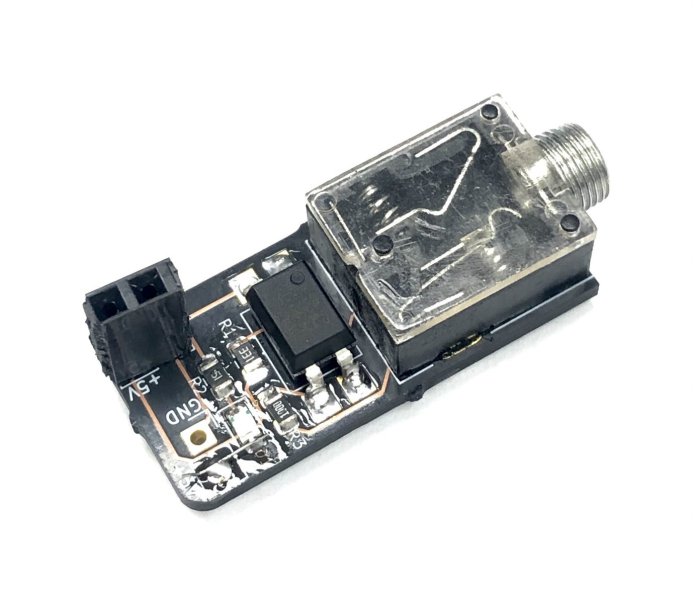From Jo Hinchliffe on the Tindie blog:

Many DSLR camera’s have the ability to have their shutters triggered remotely, this is often useful for keeping the camera perfectly still, but if you can automate the triggering it’s perfect for time lapse photography. This interface sits between a Raspberry Pi and a range of DSLR cameras creating lots of time lapse possibilities.
It’s compatible with Octoprint Octolapse plugin which means that you can use a high end DSLR to create beautiful time lapses of 3D prints magically growing out of your printer bed. Also on the product page there are example python scripts that enable quick setup for high quality time lapse. We note that although it’s sold as a Raspberry Pi interface, this device is happy with a 3.3V or 5V input and that it could be triggered by most micro controllers. If you have a Sony, Canon or Nikon DSLR then this should work out of the box, for other DSLR you might need an audio adaptor to get up and running.
Looking around the marketplace there are other options for remote triggering cameras, this search for camera trigger reveals a plethora of interesting solutions. Sound triggers, lightning sensor triggers, stand alone intervalometer boards and more. We’ve also blogged on similar products previously, for example check out this camera interface kit that sets your camera up to be triggered by a laser pointer.











